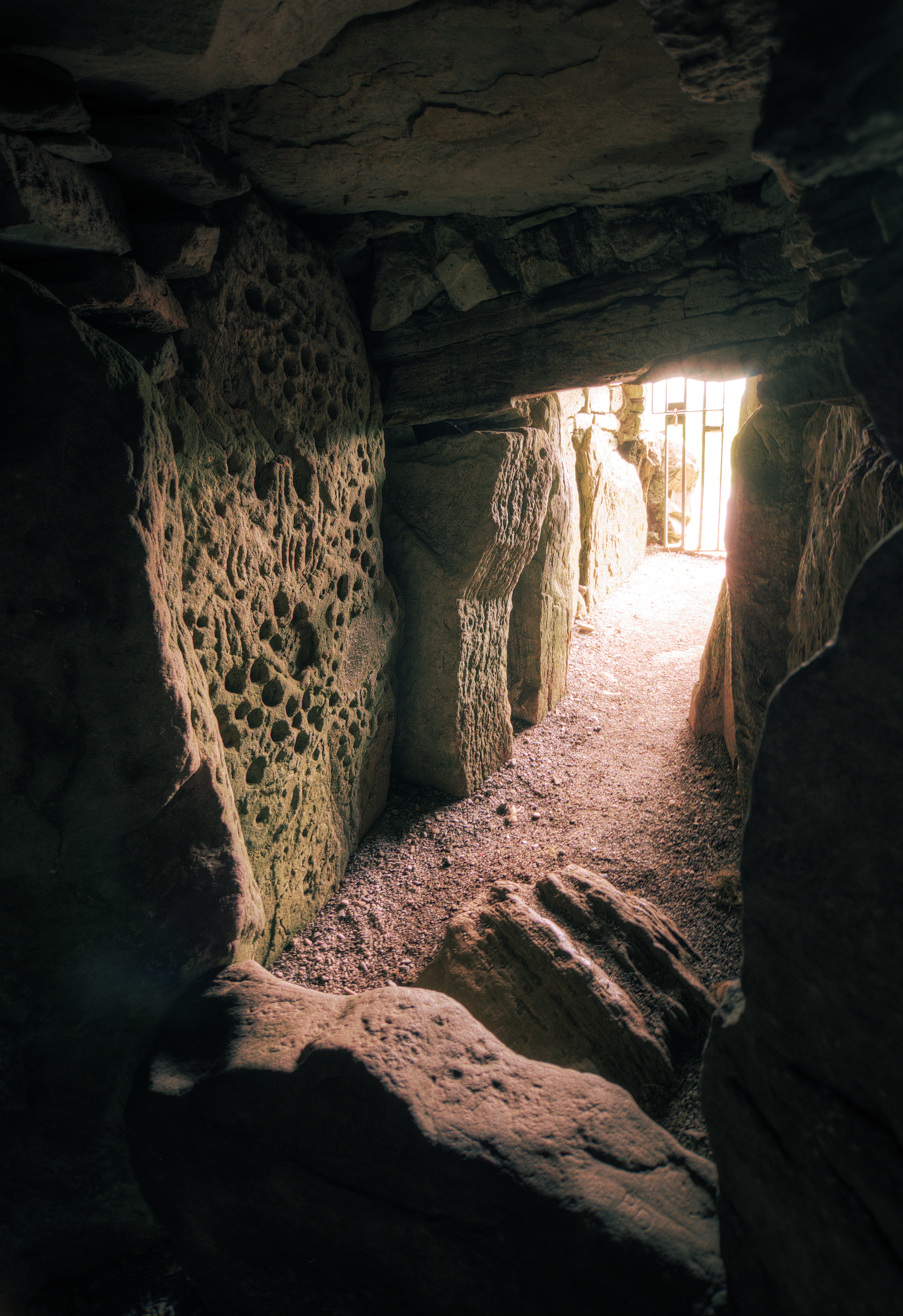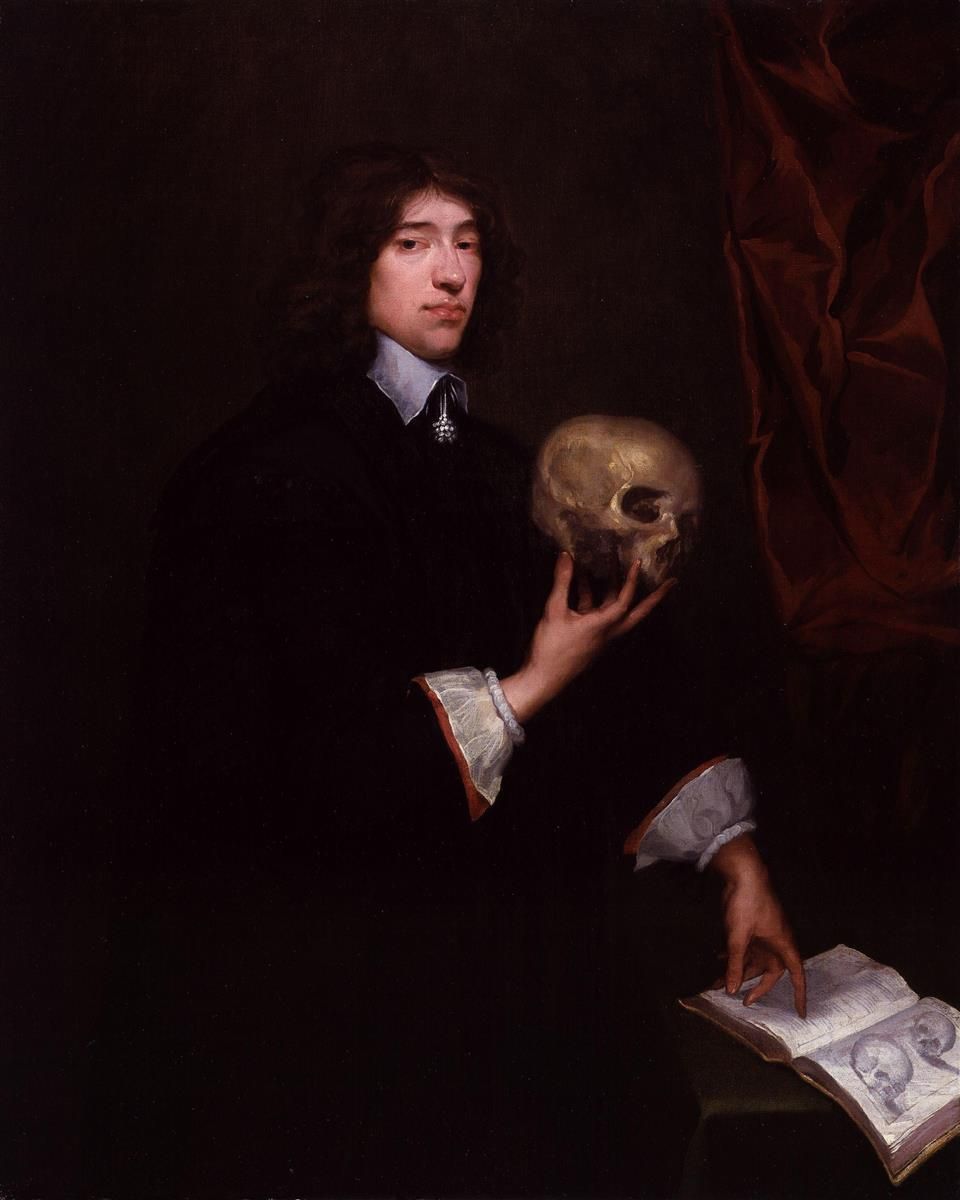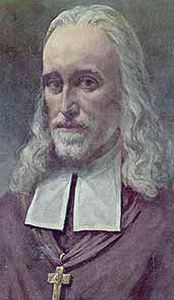|
Lough Crew
Loughcrew or Lough Crew () is an area of historical importance near Oldcastle, County Meath, Ireland. It is home to a group of ancient tombs from the 4th millennium BC, some decorated with rare megalithic art, which sit on top of a range of hills. The hills and tombs are together known as Slieve na Calliagh (''Sliabh na Caillí'') and are the highest point in Meath. It is one of the four main passage tomb cemeteries in Ireland and is a protected National Monument. The area is also home to the Loughcrew Estate, from which it is named. The tombs There are remains of more than twenty ancient tombs at Loughcrew. It is one of the four main passage tomb cemeteries in Ireland along with Brú na Bóinne, Carrowkeel and Carrowmore. The megalithic monuments are spread across four hilltops: Carnbane East, Carnbane West, Carrickbrack and Patrickstown Hill. These hills and the tombs themselves are together known as Slieve na Calliagh or ''Sliabh na Caillí'', meaning "mountain of the Cai ... [...More Info...] [...Related Items...] OR: [Wikipedia] [Google] [Baidu] |
Cairns S(?) And T, Loughcrew
Cairns (, ) is a city in Queensland, Australia, on the tropical north east coast of Far North Queensland. The population in June 2019 was 153,952, having grown on average 1.02% annually over the preceding five years. The city is the 5th-most-populous in Queensland, and 15th in Australia. The city was founded in 1876 and named after Sir William Wellington Cairns, following the discovery of gold in the Hodgkinson river. Throughout the late 19th century, Cairns prospered from the settlement of Chinese immigrants who helped develop the region's agriculture. Cairns also served as a port for blackbirding ships, bringing slaves and indentured labourers to the sugar plantations of Innisfail. During World War II, the city became a staging ground for the Allied Forces in the Battle of the Coral Sea. By the late 20th century the city had become a centre of international tourism, and in the early 21st century has developed into a major metropolitan city. Cairns is a popular touri ... [...More Info...] [...Related Items...] OR: [Wikipedia] [Google] [Baidu] |
Irish Mythology
Irish mythology is the body of myths native to the island of Ireland. It was originally passed down orally in the prehistoric era, being part of ancient Celtic religion. Many myths were later written down in the early medieval era by Christian scribes, who modified and Christianized them to some extent. This body of myths is the largest and best preserved of all the branches of Celtic mythology. The tales and themes continued to be developed over time, and the oral tradition continued in Irish folklore alongside the written tradition, but the main themes and characters remained largely consistent. The myths are conventionally grouped into ' cycles'. The Mythological Cycle consists of tales and poems about the god-like Túatha Dé Danann, who are based on Ireland's pagan deities, and other mythical races like the Fomorians. Important works in the cycle are the ''Lebor Gabála Érenn'' ("Book of Invasions"), a legendary history of Ireland, the '' Cath Maige Tuired'' ("Ba ... [...More Info...] [...Related Items...] OR: [Wikipedia] [Google] [Baidu] |
Sir William Petty
Sir William Petty FRS (26 May 1623 – 16 December 1687) was an English economist, physician, scientist and philosopher. He first became prominent serving Oliver Cromwell and the Commonwealth in Ireland. He developed efficient methods to survey the land that was to be confiscated and given to Cromwell's soldiers. He also remained a significant figure under King Charles II and King James II, as did many others who had served Cromwell. Petty was also a scientist, inventor, and merchant, a charter member of the Royal Society, and briefly a Member of the Parliament of England. However, he is best remembered for his theories on economics and his methods of ''political arithmetic''. He is attributed with originating the laissez-faire economic philosophy. He was knighted in 1661. He was the great-grandfather of the 1st Marquess of Lansdowne (better known to history as the 2nd Earl of Shelburne), who served as Prime Minister of Great Britain, 1782–1783. Life Early life Petty ... [...More Info...] [...Related Items...] OR: [Wikipedia] [Google] [Baidu] |
Cromwellian Settlement
The Act for the Setling of Ireland imposed penalties including death and land confiscation against Irish civilians and combatants after the Irish Rebellion of 1641 and subsequent unrest. British historian John Morrill wrote that the Act and associated forced movements represented "perhaps the greatest exercise in ethnic cleansing in early modern Europe." Background The Act was passed on 12 August 1652 by the Rump Parliament of England, which had taken power after the Second English Civil War and had agreed to the Cromwellian conquest of Ireland. The conquest was deemed necessary as Royalist supporters of Charles II of England had allied themselves with the Confederation of Kilkenny (the confederation formed by Irish Catholics during the Irish Confederate Wars) and so were a threat to the newly formed English Commonwealth. The Rump Parliament had a large independent Dissenter membership who strongly empathised with the plight of the settlers of the Ulster Plantation, wh ... [...More Info...] [...Related Items...] OR: [Wikipedia] [Google] [Baidu] |
Confederate Ireland
Confederate Ireland, also referred to as the Irish Catholic Confederation, was a period of Irish Catholic self-government between 1642 and 1649, during the Eleven Years' War. Formed by Catholic aristocrats, landed gentry, clergy and military leaders after the Irish Rebellion of 1641, the Confederates controlled up to two thirds of Ireland from their base in Kilkenny; hence it is sometimes called the "Confederation of Kilkenny". The Confederates included Catholics of Gaelic and Anglo-Norman descent. They wanted an end to anti-Catholic discrimination within the Kingdom of Ireland and greater Irish self-governance; many also wanted to roll back the plantations of Ireland. Most Confederates professed loyalty to Charles I of England in the belief they could reach a lasting settlement in return for helping defeat his opponents in the Wars of the Three Kingdoms. [...More Info...] [...Related Items...] OR: [Wikipedia] [Google] [Baidu] |
St Oliver Plunkett
Oliver Plunkett (or Oliver Plunket) ( ga, Oilibhéar Pluincéid), (1 November 1625 – 1 July 1681) was the Catholic Archbishop of Armagh and Primate of All Ireland who was the last victim of the Popish Plot. He was beatified in 1920 and canonised in 1975, thus becoming the first new Irish saint in almost seven hundred years. Biography Oliver Plunkett was born on 1 November 1625 (earlier biographers gave his date of birth as 1 November 1629, but 1625 has been the consensus since the 1930s) in Loughcrew, County Meath, Ireland, to well-to-do parents with Hiberno-Norman ancestors. A grandson of James Plunket, 8th Baron Killeen (died 1595), he was related by birth to a number of landed families, such as the recently ennobled Earls of Roscommon, as well as the long-established Earls of Fingall, Lords Louth, and Lords Dunsany. Until his sixteenth year, the boy's education was entrusted to his cousin Patrick Plunkett, Abbot of St Mary's, Dublin and brother of Luke Plunkett, ... [...More Info...] [...Related Items...] OR: [Wikipedia] [Google] [Baidu] |
Plunkett
Plunkett is an Irish surname derived from the Gaelic Ó ''Pluingceid''. It is associated with Ireland, and possibly of Norse or Norman origin; it may be spelled O'Plunket, Plunket, Plunkit, Plunkitt, Plonkit, Plonkitt, Plonket, Plonkett, or Ó Plunceid, and may refer to: Middle Ages * Richard Plunkett (1340–1393), Lord Chancellor of Ireland, ancestor of the Barons of Dunsany, Barons of Killeen, and Earls of Fingall Dunsany family * Christopher Plunkett, 1st Baron of Dunsany (1410–1463) and uncle of the 1st Baron of Killeen * Thomas Fitz-Christopher Plunket (c.1407-1471), Lord Chief Justice of Ireland, brother of the 1st Baron of Dunsany and uncle of the 1st Baron of Killeen * Sir Thomas Plunket (1440 - 1519), Chief Justice of the Common Pleas for Ireland, nephew of the 1st Baron of Dunsany and 1st cousin of the 1st Baron of Killeen * Sir Horace Curzon Plunkett (1854–1932), Irish unionist and agricultural reformer, son of the 16th Baron of Dunsany * John William Plunkett ... [...More Info...] [...Related Items...] OR: [Wikipedia] [Google] [Baidu] |
Hiberno-Norman
From the 12th century onwards, a group of Normans invaded and settled in Gaelic Ireland. These settlers later became known as Norman Irish or Hiberno-Normans. They originated mainly among Cambro-Norman families in Wales and Anglo-Normans from England, who were loyal to the Kingdom of England, and the English state supported their claims to territory in the various realms then comprising Ireland. During the High Middle Ages and Late Middle Ages the Hiberno-Normans constituted a feudal aristocracy and merchant oligarchy, known as the Lordship of Ireland. In Ireland, the Normans were also closely associated with the Gregorian Reform of the Catholic Church in Ireland. Over time the descendants of the 12th-century Norman settlers spread throughout Ireland and around the world, as part of the Irish diaspora; they ceased, in most cases, to identify as Norman, Cambro-Norman or Anglo-Norman. The dominance of the Norman Irish declined during the 16th century, after a new English Pr ... [...More Info...] [...Related Items...] OR: [Wikipedia] [Google] [Baidu] |
Winter Solstice
The winter solstice, also called the hibernal solstice, occurs when either of Earth's poles reaches its maximum tilt away from the Sun. This happens twice yearly, once in each hemisphere (Northern and Southern). For that hemisphere, the winter solstice is the day with the shortest period of daylight and longest night of the year, when the Sun is at its lowest daily maximum elevation in the sky. Either pole experiences continuous darkness or twilight around its winter solstice. The opposite event is the summer solstice. The winter solstice occurs during the hemisphere's winter. In the Northern Hemisphere, this is the December solstice (usually 21st or 22nd December) and in the Southern Hemisphere, this is the June solstice (usually 20th or 21st of June). Although the winter solstice itself lasts only a moment, the term also refers to the day on which it occurs. The term midwinter is also used synonymously with the winter solstice, although it carries other meanings as we ... [...More Info...] [...Related Items...] OR: [Wikipedia] [Google] [Baidu] |


.jpg)



